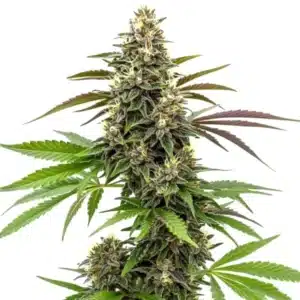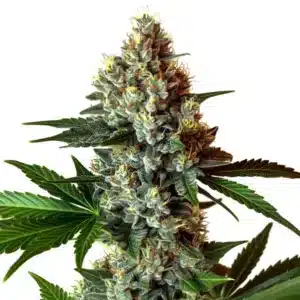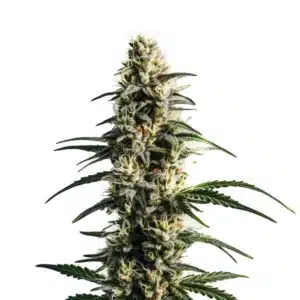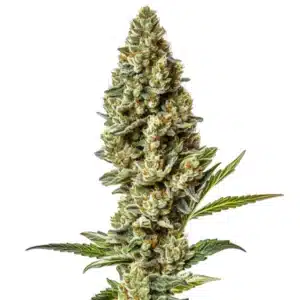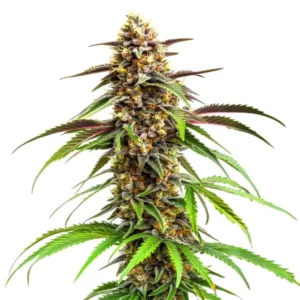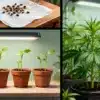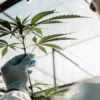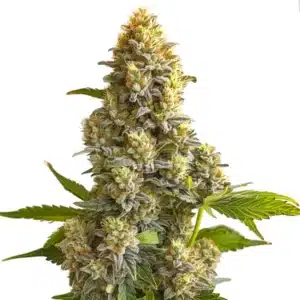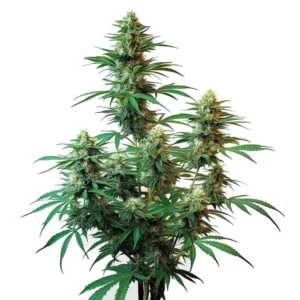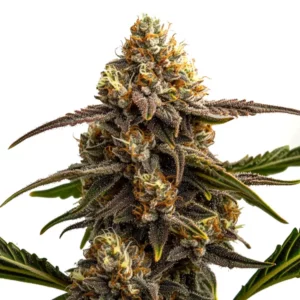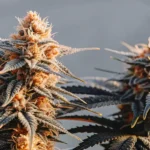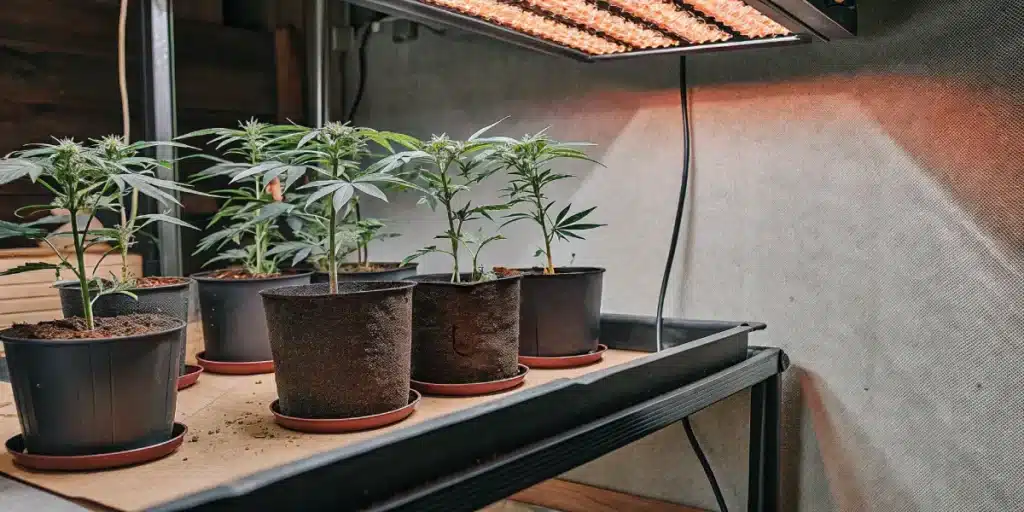
How Best Pot Size for Autoflower Improves Cannabis Cultivation
Growing autoflowers requires precision, and selecting the best pot size for autoflower strains is one of the most critical factors. Pot size directly influences root development, nutrient uptake, and overall plant health, making it essential for maximizing yields. In this guide, we’ll explore the best pot sizes for autoflowers in various setups, their impact on growth stages, and expert tips for optimizing results.
Choosing the Best Pot Size for Autoflowers
Why Pot Size Matters for Autoflowers
Pot size affects root growth, which directly influences the plant’s ability to absorb nutrients and water. Autoflowers have a fixed life cycle, so providing enough root space early on ensures vigorous growth without delays. Small pots can restrict root expansion, leading to stunted growth and lower yields.
Recommended Strains
White AK 47
|
|
THC | 18% - 20% (Medium) |
|
|
Type | Feminized |
|
|
Yield | Medium |
|
|
Phenotype | 70% Indica / 30% Sativa |
White Amnesia
|
|
THC | 18% - 22% (Medium) |
|
|
Type | Feminized |
|
|
Yield | High |
|
|
Phenotype | 30% Indica / 70% Sativa |
On the other hand, overly large pots can retain excess water, increasing the risk of root rot and other fungal diseases. Selecting the best fabric pot size for autoflower balances root space and soil aeration, promoting healthy plant development and robust harvests.
Common Mistakes When Selecting Pot Size
One common mistake growers make is using small pots throughout the plant’s lifecycle. While this might save space, it limits the plant’s potential by restricting root growth. Another frequent error is transplanting multiple times, which can stress autoflowers and disrupt their rapid growth cycle.
Additionally, choosing pots with inadequate drainage can lead to waterlogging. Ensuring proper drainage holes and using breathable materials like fabric pots helps mitigate these issues, fostering optimal growth conditions for autoflowers.
The Impact of Root Space on Autoflower Growth
Roots need ample space to spread and absorb nutrients efficiently. Restricted root zones can hinder nutrient uptake, causing deficiencies that impact plant health. Conversely, a well-sized pot allows roots to explore, supporting faster vegetative growth and increased bud production during flowering.
Promos & Deals
Recommended Pot Sizes for Different Grow Setups
Indoor Autoflower Cultivation: Best Pot Sizes
For indoor setups, pots between 2 to 5 gallons are ideal for autoflowers. Smaller spaces benefit from 2- to 3-gallon pots, which fit easily into grow tents and allow for multiple plants. Larger pots, such as 4 to 5 gallons, are suitable for growers aiming for maximum yields with fewer plants.
Outdoor Autoflower Growing: Pot Size Considerations
Outdoor growers often opt for slightly larger pots, ranging from 5 to 7 gallons. These pots provide enough room for roots to expand in a natural environment, taking advantage of sunlight and fresh air. Larger pots also retain more water, reducing the need for frequent watering in outdoor conditions.
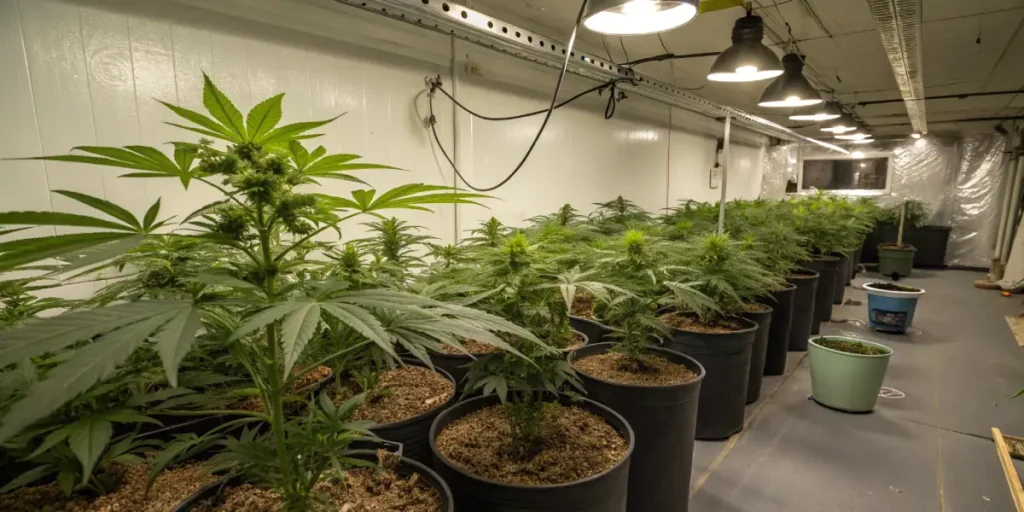
Comparing Fabric Pots, Plastic Pots, and Air Pots
Fabric pots offer excellent drainage and aeration, making them a top choice for autoflowers. Plastic pots are lightweight and affordable but may require additional drainage holes. Air pots are another innovative option, designed to maximize oxygen flow to roots and prevent circling.
Each type of pot has its advantages, and the best choice depends on your grow setup, climate, and personal preferences. Combining high-quality soil with the right pot material ensures optimal conditions for autoflowers.
How Pot Size Affects Autoflower Growth Stages
Seedling Stage: Choosing Starter Pots
Seedlings thrive in small starter pots, typically around 0.5 to 1 gallon. These smaller pots retain moisture efficiently, preventing over-drying of the delicate root system. Starting in small pots also allows growers to monitor seedlings closely for signs of stress or deficiencies.
While it’s tempting to use larger pots from the beginning, oversized containers can make it difficult to regulate moisture levels. Transplanting from starter pots to their final containers after the seedling stage minimizes stress and ensures smooth growth transitions.
Vegetative Stage: Transitioning to Larger Pots
During the vegetative phase, roots grow rapidly, requiring more space to support the plant’s expanding structure. Transitioning to pots between 2 to 3 gallons ensures roots have ample room to develop while maintaining manageable watering schedules.
Fabric or air pots are excellent during this stage, as they promote healthy root pruning and oxygen exchange. Ensuring the pot’s soil is nutrient-rich and well-draining supports vigorous vegetative growth, setting the stage for successful flowering.
Flowering Stage: Final Pot Size for Maximum Yields
By the flowering stage, autoflowers should be in their final pots, ranging from 3 to 7 gallons depending on the setup. Adequate root space during flowering maximizes nutrient absorption, enhancing bud size, density, and potency.
Tips for Optimizing Autoflower Growth with Pot Size
Balancing Pot Size and Soil Composition
Selecting the right pot size goes hand-in-hand with using high-quality soil. Soil blends enriched with organic matter, perlite, and coco coir improve aeration and drainage, complementing the benefits of well-sized pots. Avoid compacted soils, as they can restrict root growth and limit oxygen flow.
Mixing nutrients directly into the soil at the beginning of the grow reduces the need for frequent feeding. Slow-release fertilizers and compost teas are excellent options for maintaining soil fertility throughout the plant’s lifecycle.
Drainage Considerations for Autoflower Pots
Proper drainage is critical to prevent overwatering, which can lead to root rot and nutrient lockout. Pots with multiple drainage holes and breathable materials like fabric promote healthy root zones. Adding a layer of gravel or perlite at the bottom of the pot further enhances drainage.
Using Pot Size to Control Plant Height and Yield
Pot size can influence plant height and overall yield. Smaller pots restrict root growth, leading to more compact plants suitable for small spaces. Conversely, larger pots encourage taller, bushier plants with higher yield potential.
Training techniques like low-stress training (LST) can be combined with optimal pot sizing to maximize light exposure and airflow. This approach enhances bud development while maintaining manageable plant sizes.
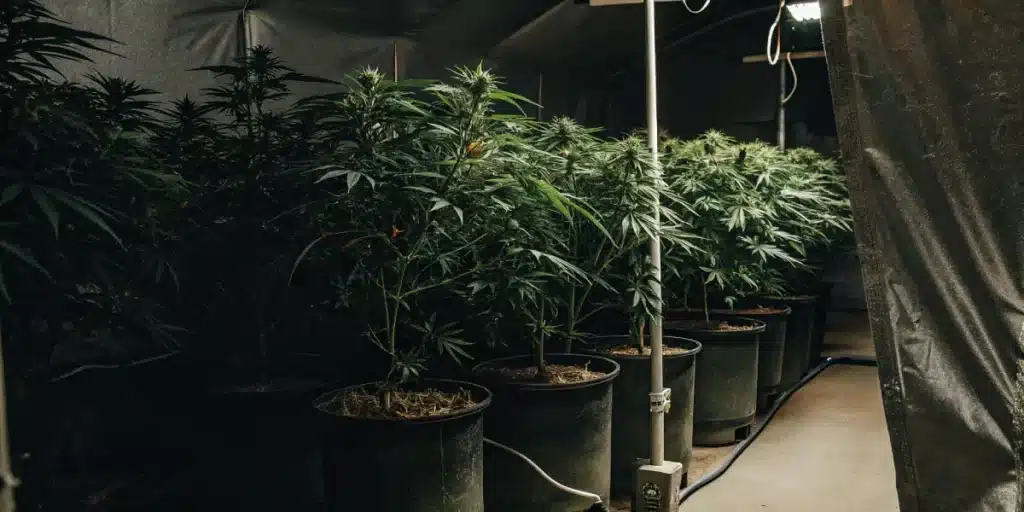
FAQs About Pot Sizes for Autoflowers
What is the best pot size for indoor autoflowers?
The best pot size for indoor autoflowers ranges from 2 to 3 gallons. These sizes fit well in grow tents and provide sufficient root space for healthy development. Larger pots, such as 4 to 5 gallons, are suitable for growers aiming for higher yields with fewer plants.
Can I start autoflowers in their final pot?
Yes, starting autoflowers in their final pot is recommended to avoid transplant shock. Using a 3- to 5-gallon pot from the beginning ensures roots have ample space to grow without interruptions, promoting seamless development.
How does pot size affect autoflower yields?
Pot size directly influences root space, nutrient uptake, and plant stability. Larger pots support robust root systems, enhancing nutrient absorption and leading to higher yields. However, selecting a pot size that matches your grow space and setup is essential for optimal results.


